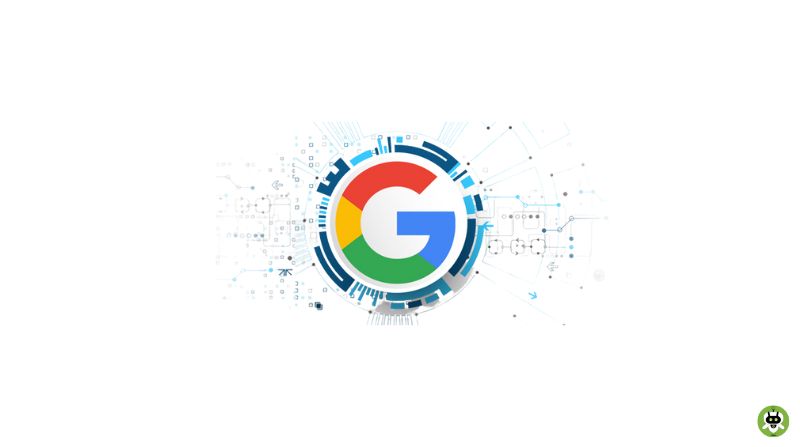These days, search engines, notably Google, are the most crucial distribution channel in digital marketing. With its global market share, Google dominates the search industry. However, the company does not officially disclose the extent of its growth.
Ways to weed out sites that don’t comply with site-building rules. They were invented to make more common sense and fair competition and select the best places to search.
We need to think about an effective link-building process. Resources with a straightforward interface, accessible and understandable texts, and a variety of materials will be more successful. And as a result, it will rise higher in a search. In other words, it will rank better.
How Do Search Algorithms Work?
The basis of Google’s search algorithm is complex mathematics and machine learning. Any search engine’s output is calculated by formulas that make up a site’s popularity chart. Keywords and results are based on statistics of visits and topical queries.
To make things as simple as possible; the “top” sites on the Google list are obtained; based on keywords from those words that users enter. Then, the statistics collected are processed by a related search algorithm, creating a ranking of sites.
Google Algorithm Explained
Google has a meaning in the “value” of links. Everything happened during the development of their citation index. CI is the first mechanism that accumulates both the quantity and quality of external links. Google set the standardization of relevance, thereby simultaneously ensuring the corporation’s and web technologies’ growth.
Initially, “According to Google,” the ranking of sites started from PR and only then took content into account. Later on, certain regional specifics and freshness of information were added. As a result, today, it is also possible to make a good chart of web pages from one industry.
In 2000; the HillTop form of PR counting was invented. It was the first attempt to measure the authority of a particular page. Google included non-profit projects and trusted sites for a specific category.
In 2003, a system was first introduced that blew up SEO. The Florida algorithm skipped a giant, as we would say now, “spam .”To take the number of anchors would not work. After some time; the quality of indexed pages and the amount of processed material were also introduced.
2011 was the birth year of Panda Copywriting. The Panda algorithm first began to check the quality of released material for literary value, coherence, and ease of reading material on websites.
In 2012; the Penguin algorithm was implemented; designed to analyze and penalize sites with an unnaturally high volume of links. One of those algorithms that have transformed search forever changed and complicated the lives of SEO specialists.
In the same year, they released the Anti-Piracy Update. From the name, it is clear that the algorithm fights against content copying.
Kolibri is an algorithm that introduces a more flexible analysis of customer search needs. After its introduction, queries began to be analyzed not by formal keywords but by intents. It appeared in 2013.
How do you keep up with Algorithm changes?
The discussion of major algorithm updates in recent years probably begs the question, how do you keep up with these changes? Google’s primary goal is to constantly move toward providing the highest quality and most reliable answers to user queries. While technical features may change, the broad strategy is unlikely to change.
Since human behavior constantly changes, Google’s task is to adapt its algorithms according to the changes. For example; “Mobilegeddon” was introduced as a reaction to the growing trend of searches from mobile devices.
What is the main thing? First, it’s understanding who your customers are. Then, focusing on the real needs of those customers is fundamental to keeping up with change.
Conclusion
Throughout their long history, search engines have struggled with web professionals’ attempts to hack into the logic of the output. For a long time, SEO specialists took advantage of flawed search engine logic and brought up unhelpful sites in search.
A little over a decade later, the algorithmic search concluded that the most organic search results should study the patterns of human behavior. Therefore, minimize the mathematical ways of rationing the number of links, key phrases, and words in the title. In essence, algorithms have become obsolete.
All modern search engines are undoubtedly evolving. For example, the more backlinks (relevant and high quality), the higher it is in issuance, as Google considers it more authoritative and trustworthy.
Content makers are now often busy outright spamming, as the writing style changes quickly. Unscrupulous site owners prefer to stuff their texts with “popular” words. Thus bringing their resource higher. In addition, the possibility of automation has dramatically changed the situation. Spam sites now almost do not write “manually.” Instead, filling of the material occurs by template and very quickly.
As a result, the authors of unique content are in a losing position. It is impossible to outrun a robot on purely quantitative indicators of the text output. Therefore, search engines went towards the owners of sites with unique content.
SEO promotion methods are not canned. However, it is now much more challenging to promote a site solely by spamming. The evolution of algorithms directly responds to new ways to promote sites. One of the most effective criteria for verification proved to be the Baden-Baden filter, which eliminates the excessive number of repetitions and leads to the most natural text.

